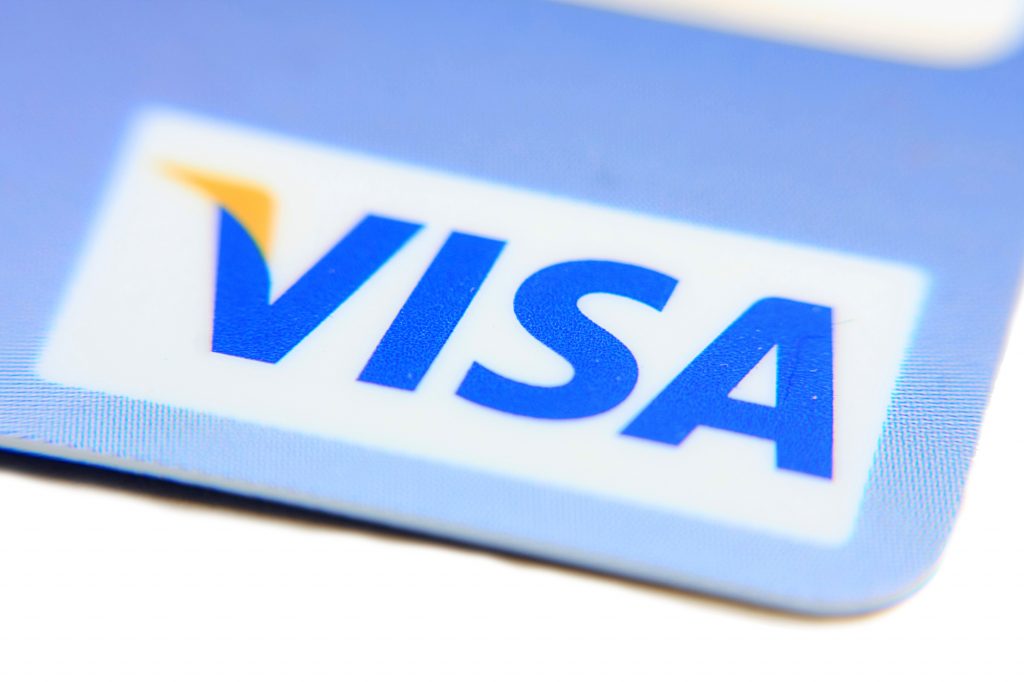The US dollar stablecoin market is currently concentrated in the hands of two companies: Tether and Circle. Now, Ripple wants to enable blockchain payments with a dollar stablecoin via the XRP ledger. Is the company waving the white flag and admitting the failure of its own XRP cryptocurrency?
Ripple was founded in 2012 as a crypto startup with the goal of creating a decentralized digital payment system. The company wanted to enable low-cost cross-border transactions and differentiate itself from Bitcoin by offering a more scalable solution. The foundation of this payment network was to be the XRP cryptocurrency, formerly known as "Ripple". However, over the past decade, the company has struggled to establish XRP as a means of payment. Instead, Ripple is now looking to enter the lucrative stablecoin market.
Stablecoins: a billion-dollar business
Stablecoins are a type of cryptocurrency designed to offer the best of both worlds: the instant processing and security of crypto payments, along with the stable valuations of fiat currencies. Essentially, the value of a stablecoin is tied to a fiat currency such as the US dollar. As a result, they are popular as a base pair for crypto trading on both centralized and decentralized exchanges. Currently, there is an impressive $154 billion of stablecoins in circulation.

Total market capitalization of all stablecoins / Source: DeFi Llama
The leading stablecoins are centrally managed and backed by liquid dollar equivalents. The USDT stablecoin of the first and largest player, Tether, stands at over $100 billion. According to its own website, about 65% of this is invested in US Treasury bonds. The remaining 35% is covered by reverse repo agreements, money market funds and smaller individual positions. The returns generated go to Tether itself; users of the stablecoin do not receive any payouts. It is estimated that Tether generated $6.2 billion USD from this strategy last year, huge numbers for a company with only 100 employees. It is easy to see why Ripple would want to get into the stablecoin business.
USDT @tether_to produced an estimated $6.2 billion in net income in 2023.
That's 78% of the number Goldman Sachs did ($7.9bn) and 72% of Morgan Stanley's ($8.5b).
They have ~100 employees. GS has 49,000. MS has 82k.
Source @MaelstromFund pic.twitter.com/4GjVZZHjBr
— Teddy Fusaro (@teddyfuse) April 7, 2024
Ripple launches its own stablecoin
The Ripple stablecoin will also be backed 1:1 by dollar equivalents, according to CNBC. The company will determine the mix of dollar deposits, U.S. Treasuries and cash equivalents. All reserves will be disclosed in publicly available monthly certification reports. Competitors Tether and Circle also publish similar reports, although the lack of a comprehensive audit of the USDT stablecoin has been a topic of discussion for years. Ripple also did not mention an auditing firm.
According to Ripple CEO Brad Garlinghouse, the company is entering the stablecoin business in response to the losses it has suffered in recent years due to pegging issues. Last March, USDC briefly dipped below 80 cents when one of the custodians of the underlying assets, Silicon Valley Bank (SVB), filed for bankruptcy. USDT also deviated slightly from $1 when the algorithmic stablecoin TerraUSD (TUSD) collapsed in 2022. Garlinghouse also hinted that there is some uncertainty about Tether's support.
Is Ripple abandoning the XRP cryptocurrency?
For years, Ripple has been trying to convince financial institutions to use XRP as a payment method. The company's website lists some of the world's largest banks as partners. However, actual adoption of the cryptocurrency has lagged behind its market valuation. The underlying XRP ledger processes an average of $20 billion in volume per month. By comparison, bitcoin processes the same amount every twelve hours. And the vast majority of on-chain volume is attributed to token speculation.
But the launch of its own stablecoin does not mean that Ripple has abandoned the XRP cryptocurrency as a payment token, said CEO Brad Garlinghouse. Rather, it is a complementary product to the XRP ecosystem.
"We believe that native liquidity pools on the XRP Ledger complement the XRP ecosystem and contribute to its growth. In fact, the most common request we receive from the XRP community is the introduction of a USD-backed stablecoin on the XRP Ledger." - Brad Garlinghouse, CEO of Ripple








